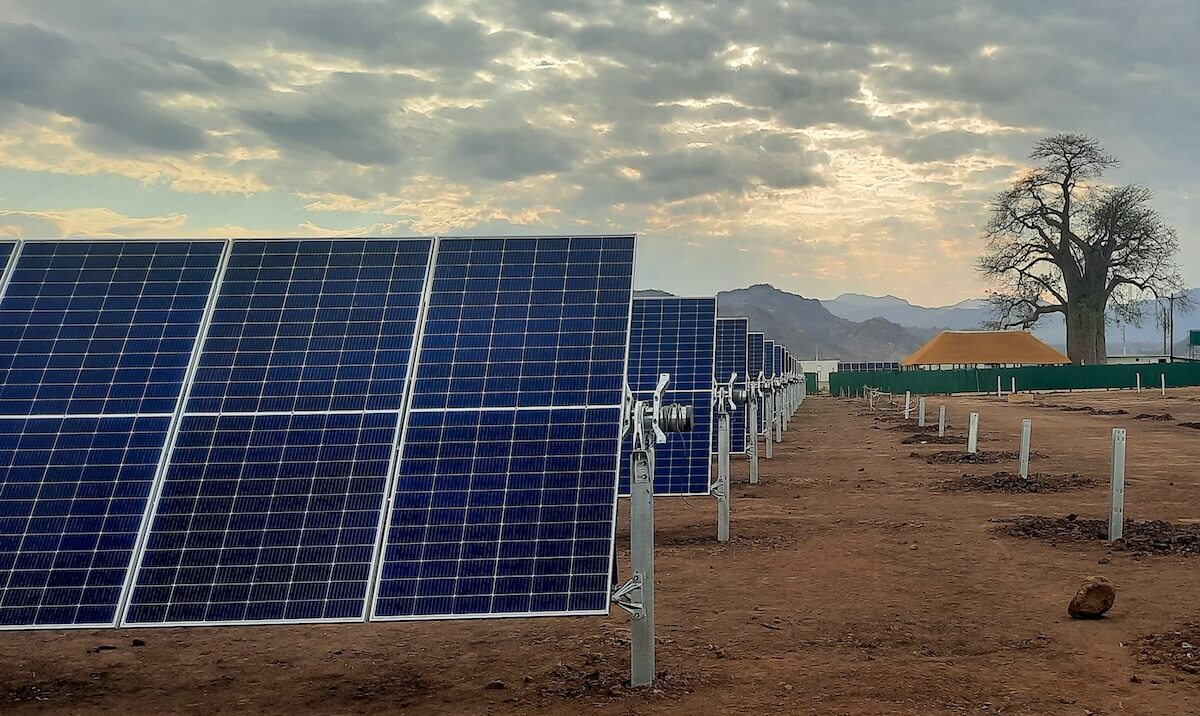Hedge fund billionaire Marc Lasry recently made a splash on CNBC with his claim that his $14 billion Avenue Capital is “finding huge opportunities” in impact investing.
Even more significant was Lasry’s disclosure that the opportunities are “especially on the credit side, where most people are doing impact on the equity side.”
Lasry’s comments probably has many U.S. private debt investors googling “impact investing.” Private debt investors that come for the impact opportunity should stay for the risk mitigation, low costs and potential to grow their assets.
Impact investing through private debt: low but stable returns
Private debt – direct business lending from funds rather than banks – has experienced a boomlet in financial markets since the 2008 crisis. Last year, hedge funds, private equity funds and asset managers raised a record $107 billion of capital to lend to businesses to fund growth, buyouts and finance acquisitions.
With post-2008 regulations, banks have pulled-back from such lending, deeming it too risky (or too small). Asset managers, hungry for diversification from the stock market and access to quicker, more regular returns, are stepping in to fill the gap in access to finance for small and midsize U.S. companies, which are critical to U.S. job creation.
The investment strategy itself experienced a mini-boom over the last decade. Impact investors deploy capital into funds and businesses with intention of generating (and measuring) social or environmental impact as well as financial returns. More than $220 billion of assets are now managed by impact investing funds globally.
Globally, mainly through impact investment funds capitalizing microfinance institutions in emerging markets, private debt is impact investing’s largest asset class. Yet in the U.S., the two barely overlap. Private debt impact funds in the U.S. manage just under $900 million, according to the Global Impact Investing Network, the nonprofit industry group Community development loan funds that focus largely on commercial real estate, affordable housing and community facilities, manage some $5.6 billion.
Capital gap
The growth of private debt is intertwined with the fate of small- and midsize companies. Such companies are the backbone of the U.S. economy, making up nearly of U.S. companies and employing almost half of the U.S. workforce, according to the Small Business Administration. In 2017 alone, small and midsize companies created 1.7 million new jobs.
The backbone of the economy, however, does not receive the funding it needs. Historically, smaller companies turned to small commercial banks for financing. These banks are quickly disappearing. For decades now, waves of consolidation have swept through the banking industry, leaving only a handful of national franchises like CitiGroup and fewer and fewer regional players. The situation has grown worse since the 2008 financial crisis. Since then, the number of U.S. banks has declined from more than 8,000 to under 6,000 in 2017.
The undervalued social impact of community banks in local economies
The remaining banks, due to competitive and regulatory reasons, prefer focusing on large borrowers. Banks’ appetite for middle market companies has been fast disappearing.
It’s this historical opportunity that should push private debt funds to the forefront of impact investing. As banks left behind a vacuum in middle market lending, private debt funds have swooped in. As the loan books of commercial banks edged up from $1.4 trillion in 2008 to $1.9 trillion 2017, total assets managed by private credit funds almost tripled from $240 billion to $638 billion. Today, these funds command 91% of all leveraged loans in the US.
With this type of growth, private debt fund managers have neglected, or simply ignored, impact. Not all small and midsize companies manage their social environmental impact appropriately, exposing them to greater risks and higher operating costs.
The impact alpha
As the private debt sector comes of age, it is time to realize the immense opportunity to apply an impact lens. Integrating impact assessment into private debt investing is not about corporate responsibility; it’s about making better investments.
Impact strategies can reduce the risks of direct lending. Companies that overlook their social and environmental impacts regularly stumble.
- GAP, Inc, for example, ignored the social impact of using Indian child labor in this supply chain. When uncovered in 2007, GAP had to immediately suspend half of its orders from the offending supplier and weather a public relations disaster.
- Volkswagen ignored – and deliberately falsified – its environmental footprint. This governance and environmental misstep came with whopping price tag of $2.8 billion in criminal fines, as well as an indictment of the ex-CEO.
Why wouldn’t a private debt investors want to understand this type of social and environmental data? Blatant ignorance of impact metrics should be grounds for rejection.
The impact opportunity in the mispriced risk of lending to the underserved
Impact strategies can lower the cost of capital. Early this year, Olam, the Singapore-based food giant, closed a $500 million revolving credit facility with a “club” of 15 major banks that would lower its interest payments if it hits sustainability targets. “A better company with a higher ESG rating is a lower risk and earns a lower cost of capital,” Dave Chen of Equilibrium Capital in Portland told ImpactAlpha at the time. In my experience, it’s not uncommon to see investors baking in some impact-related pricing triggers. A bond coupon, for example, can step down if a company reaches a certain level of energy conservation.
Olam’s $500 million club loan shows bankers will back sustainable agriculture
Impact strategies can attract a new crop of investors. Adopting impact strategies is also good for asset growth. A growing set of investors are watching, and placing bets. When leading asset managers like Blackrock and Bain launched their impact investing strategy, client demand was cited as one of the top reasons. A few private debt funds, like Avenue Capital, are on the move already.
And yes, alongside better returns, impact investing can deliver better social and environmental outcomes. Private debt investors can codify important impact metrics into informational covenants, reported and tested just like any other financial covenants.
Impact investing is good business. It is time the private debt sector puts its $638 billion weight behind it.
Chloe Zhu is a credit investor at White Oak Global Advisors.











